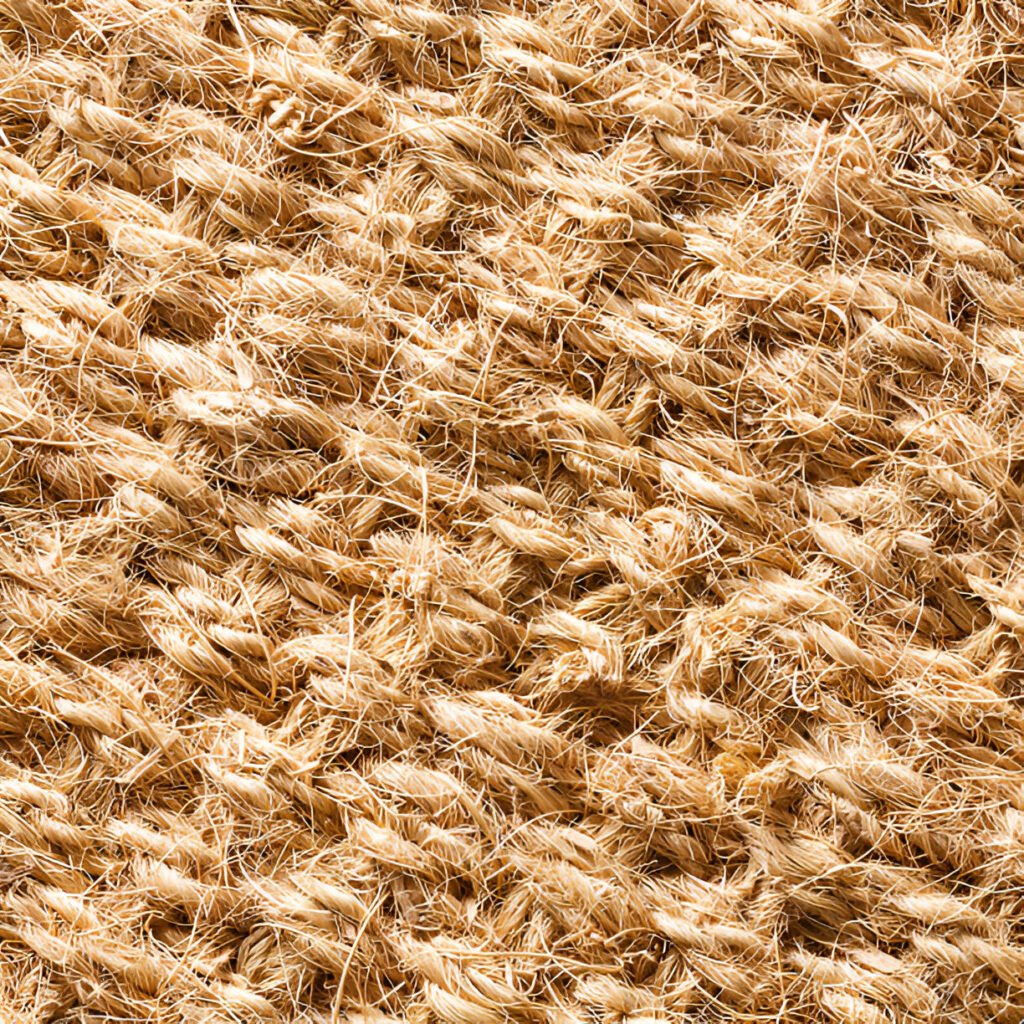In an era where climate change looms large, the choice of materials we use in everyday products and construction can make a profound difference. Hemp, a versatile plant from the cannabis family, is emerging as a superstar in sustainable alternatives to traditional materials like cotton, wood, and concrete. Unlike cotton, which guzzles water and relies heavily on pesticides, hemp thrives with minimal inputs. Studies show that hemp cultivation requires a fraction of the water needed for cotton—specifically, it uses significantly less, leading to 77.63% lower costs in fertilization, seeds, field operations, and irrigation. A life cycle assessment reveals hemp’s eutrophication impact at just 3.6 kg N equivalent per hectare, compared to cotton’s staggering 69.6 kg, while global warming potential stands at 1,374 kg CO2 equivalent for hemp versus 7,903 kg for cotton. Acidification is also lower at 15 kg SO2 equivalent against cotton’s 65 kg.
When pitted against wood, hemp’s rapid growth cycle of 70-90 days outpaces trees, which take 8-80 years to mature, easing deforestation pressures that contribute 12-15% to global greenhouse gases. Hemp sequesters up to 2.5 metric tons of CO2 per hectare, making it carbon-negative. In paper production, hemp yields four times more per area than forests, with its 77% cellulose content—three times that of wood—promising a greener alternative. Compared to plastics derived from fossil fuels, hemp-based options are 100% biodegradable, contrasting with only 9% recyclability of conventional plastics, which clutter landfills and oceans.
Hempcrete, a blend of hemp shivs and lime, exemplifies this edge in building materials. It boasts a negative carbon footprint, sequestering 1.6-1.8 kg of CO2 per kilogram of shiv. A standard 1m x 1m x 0.3m wall unit stores a net 36.08 kg of CO2, while traditional concrete emits vast amounts—cement production alone released 102 megatons in India in 2014, part of the industry’s 10% share of global emissions. Hemp’s soil-replenishing abilities, removing heavy metals and boosting subsequent crop yields by 10-20%, further underscore its role in regenerative agriculture. Unlike cotton, where 80% of the plant mass in Africa is burned or discarded, causing pollution, hemp utilizes every part, minimizing waste.
Strength in Sustainability: How Hemp Outmuscles Conventional Materials
Beyond eco-friendliness, hemp’s physical prowess sets it apart. Its fibers boast tensile strength of 530-1,110 MPa, surpassing cotton’s 287-800 MPa, making it ideal for durable textiles and composites. Specific tensile strength reaches 360-740 MPa/g·cm³ for hemp, compared to cotton’s 190-530, ensuring longer-lasting products. In composites, hemp-reinforced materials achieve up to 78 MPa at 40% fiber fraction, rivaling synthetics while halving energy demand compared to ABS plastic in automotive parts.
Against wood, hemp’s 72% cellulose and low 4% lignin content provide superior strength for paper, with high tear resistance suitable for currency. Hemp paper can be recycled twice as often as wood-based versions, extending lifecycle. For construction, hempcrete’s compressive strength of 0.2-6.94 MPa suits non-structural uses, but its density of 300-900 kg/m³—far lighter than concrete—reduces transport emissions and eases handling. Thermal conductivity at 0.06-0.54 W/(m·K) offers excellent insulation, cutting energy use by 50-80% in buildings. It’s non-toxic, unlike some conventional insulations, and resists salts while carbonating over time for added durability.
Hemp’s resilience shines in diverse climates, requiring fewer chemicals and yielding up to 25 tons per hectare—higher biomass than cotton with less labor. This strength extends to biofuels, where hemp reduces emissions compared to fossils, though full pathways vary. Overall, hemp’s robustness ensures it not only matches but often exceeds traditional materials in longevity, reducing replacement frequency and waste.
From Field to Future: The Versatile World of Hemp Applications
Hemp’s adaptability is legendary, spanning industries where traditional materials fall short. In textiles, it blends with cotton for breathable, antimicrobial fabrics, outlasting pure cotton due to superior strength. Automotive giants use hemp composites for door panels and linings, lighter and greener than plastics. Paper from hemp rivals wood but grows faster, with non-woody fibers like it projected to grow at 2.5% CAGR by 2027.
Construction embraces hempcrete for insulation and walls, with low embodied energy and porosity for humidity control. Food applications leverage seeds for nutritious oils, while biofuels offer renewable energy. Hemp’s whole-plant use—roots for soil health, flowers for care products, stems for building—contrasts with wasteful cotton or single-use wood. In fashion, it’s a low-footprint alternative, versatile for blends enhancing properties. Even in wastewater treatment, hemp acts as a bioadsorbent, showcasing water resistance and strength.
Global production, led by China and France at over half of 275,000 tons in 2019, highlights its scalability. Hemp’s biodiversity score ranks high among 21 crops, better than cotton or soy, supporting ecosystems. This versatility positions hemp as a multi-tool for sustainable innovation.
Economics of Eco-Friendly: Sourcing Hemp Materials Online, Wholesale, and White Label
Transitioning to hemp isn’t just green—it’s smart business. The global hemp market, valued at $4.7 billion in 2020, is set to hit $18.6 billion by 2027, growing at 22.5% CAGR, fueled by textiles and policies. U.S. production reached $824 million in 2021 across 33,480 harvested acres. Lower cultivation costs than cotton make it attractive for farmers.
For businesses, Hemp Materials Online platforms offer easy access to fibers and composites. Hemp Materials Wholesale options provide bulk savings for manufacturers scaling up. Hemp Materials White Label services allow branding custom products without production overheads, tapping into growing demand. Exports, though at $42 million globally, signal untapped potential for developing countries. Local supply chains reduce shipping costs, benefiting communities. While challenges like dust-related health risks exist, economic upsides outweigh them.

Embracing Hemp: The Path to a Resilient Tomorrow
Hemp stands as a beacon of sustainability, outperforming traditional materials in environment, strength, versatility, and economics. By choosing hemp, we pave the way for a healthier planet and prosperous future.
Discover the future of sustainable materials with NanoHempTechLabs! Our premium hemp products outperform traditional materials like cotton, wood, and concrete in environmental impact, strength, and versatility. Hemp requires less water, sequesters CO2, and offers superior tensile strength for textiles, composites, and hempcrete. Embrace eco-friendly innovation with our Hemp Materials Online platform for easy access, Hemp Materials Wholesale for bulk savings, and Hemp Materials White Label for custom branding. Join the green revolution and elevate your business. Schedule a call today to explore tailored wholesale solutions and unlock exclusive deals!
Reference:
Adesina, I., Bhowmik, A., Sharma, H., & Shahbazi, A. (2020). A review on the current state of knowledge of growing conditions, agronomic soil health practices and utilities of hemp in the united states. Agriculture, 10(4), 129. https://doi.org/10.3390/agriculture10040129
Kaur, G. and Kander, R. (2023). The sustainability of industrial hemp: a literature review of its economic, environmental, and social sustainability. Sustainability, 15(8), 6457. https://doi.org/10.3390/su15086457
Malabadi, R., Kolkar, K., & Chalannavar, R. (2023). Industrial cannabis sativa: role of hemp (fiber type) in textile industries. World Journal of Biology Pharmacy and Health Sciences, 16(2), 001-014. https://doi.org/10.30574/wjbphs.2023.16.2.0450





